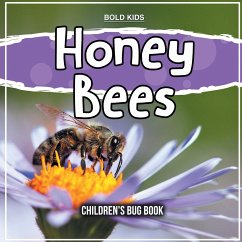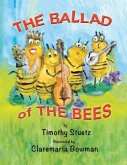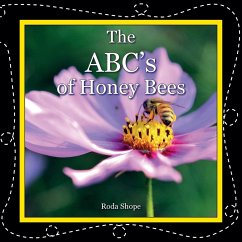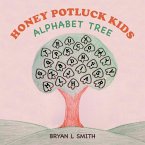You've heard all about the bees, but did you know that the bees are native to Afro-Eurasia? This eusocial flying insect is an important part of the food chain, primarily because it provides nectar for other animals. Learn more about bees and their importance in our food chain by reading these Honey Bees Facts. But, did you know that bees are not the only insects that produce honey? In addition to food, bees also communicate with each other through chemical signals. Bees use scent to detect flowers contain chemicals that they use to communicate with each other. When honey bee workers sting a bee, they release an alarm pheromone that makes other bees agitated and helps them locate enemies. Honeybee queens and workers can also hear vibrations. The more vibrations they hear, the better the location of a new hive. Almost 80% of all crop pollination in the United States is done by honey bees. Honey bees are so common that some bumble and solitary bee species are being raised for their pollination capabilities. Despite their widespread use, bees must still be transported across North America each month, where they pollinate somewhere on average. Honey bees also huddle together during the winter. Honey bees are thought to live in wooden bee hives, but sometimes they nest in unusable chimneys and other places that are not used by humans. The brain of a honey bee is as small as a grain of sugar, but its ability to understand conceptual relationships is remarkable. These insects use visual cues to navigate, and they also know where to find food by using their waggle dance. Researchers at Sussex University have even decoded the waggle dance! If you're curious about bees, learn more about their life cycle and the amazing ways they help us.








